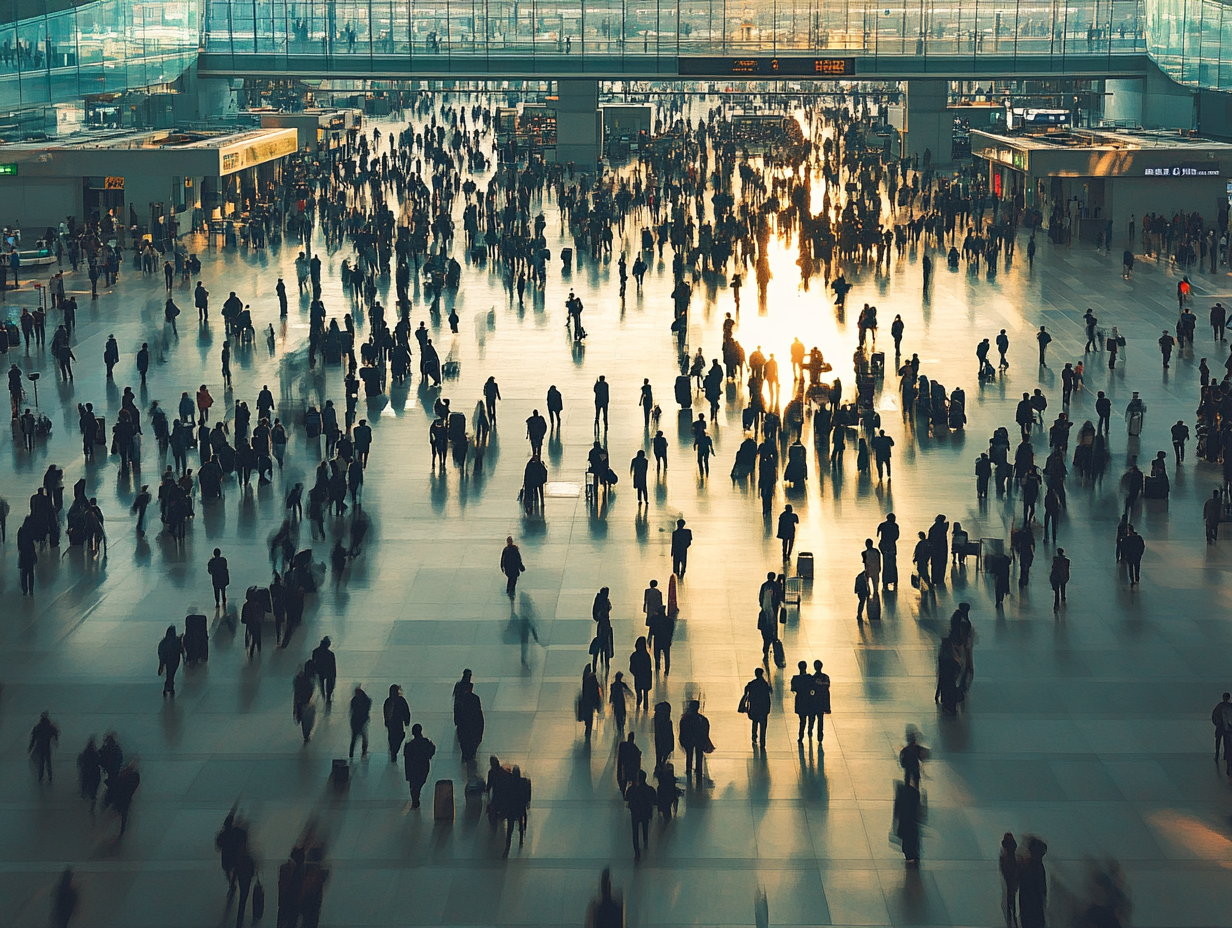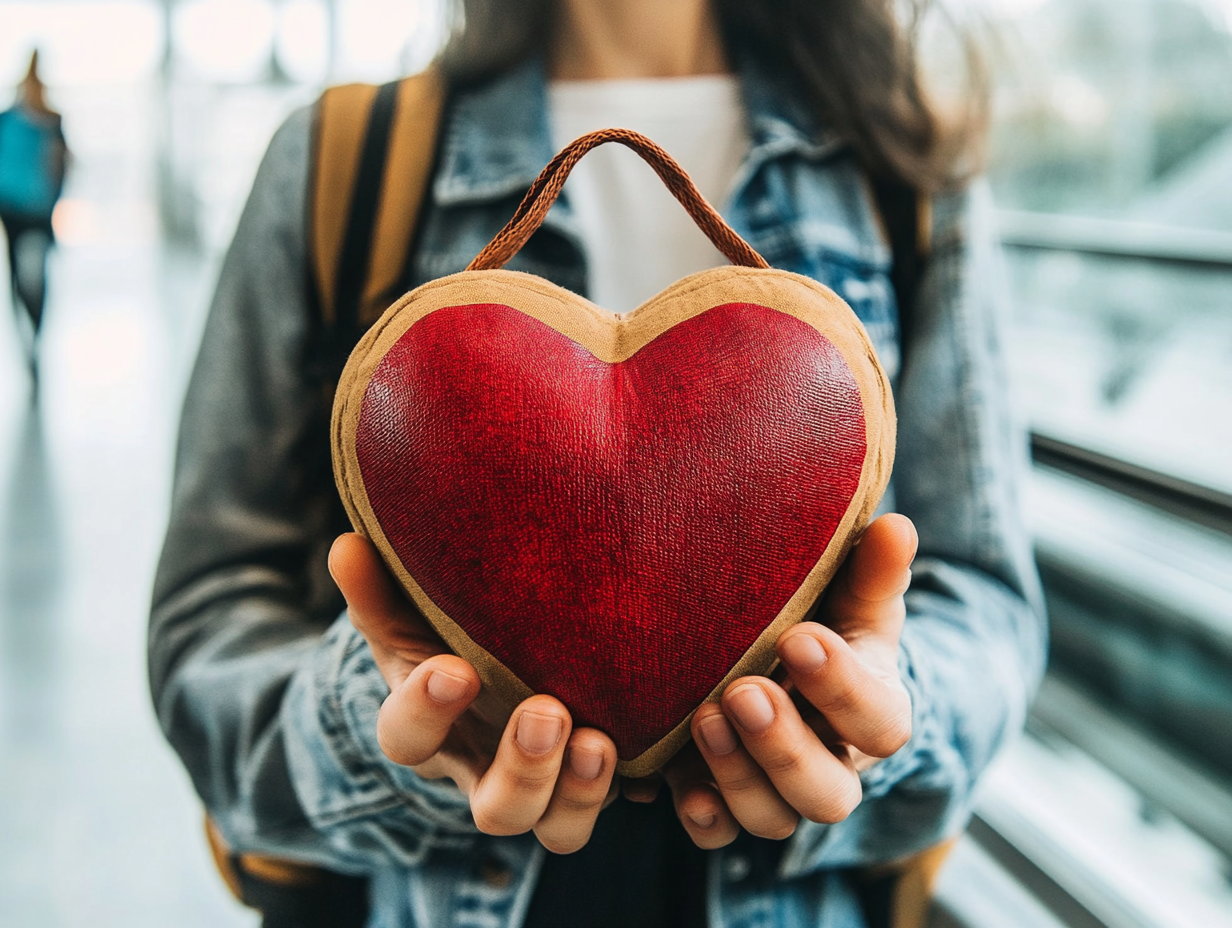Summer is the perfect time to explore new destinations, relax by the beach, or embark on an exciting adventure. However, with the increase in tourists, unpredictable weather, and high demand for accommodations, summer travel can also come with its challenges. To help you make the most of your summer vacation, here are some essential travel tips to keep in mind:
Plan Early to Avoid the Crowds
Summer is peak travel season, so planning your trip well in advance is crucial. Early booking of flights, hotels, and activities can help you save money and avoid the hassle of limited availability. By securing your accommodations and transportation early, you’ll also have a wider selection of options to choose from, ensuring you get the best value.
Pack Light, But Smart
Summer destinations often call for lighter clothing, but packing efficiently is still important. Focus on versatile clothing that can be mixed and matched for different outfits. Think breathable fabrics like cotton and linen, which are comfortable and suitable for the heat. Don’t forget essential items like sunscreen, sunglasses, a hat, and a refillable water bottle. Remember, less is more when it comes to packing — the fewer bags you carry, the more freedom you’ll have to explore.
Stay Hydrated and Protect Your Skin
Summer heat can be intense, and staying hydrated is key to avoiding exhaustion or heatstroke. Make sure to drink plenty of water throughout the day, especially when you’re outdoors. Bring along a reusable water bottle and refill it regularly. Additionally, the sun’s rays can be harsh, so use a broad-spectrum sunscreen.
Research Local Festivals and Events
Summer is a prime time for local festivals, concerts, and cultural events. Do some research about the destination you’re visiting and see if there are any exciting events happening during your stay. These events offer a unique opportunity to experience local culture, try delicious foods, and meet new people. Just be sure to book tickets in advance if necessary to avoid missing out
Stay Safe with Health Precautions
As travel has evolved over the years, health and safety have become even more important. Check the health guidelines for your destination to ensure you are aware of any vaccination requirements or health risks. Always carry a basic first aid kit with items like pain relievers, band-aids, and any prescription medications you may need. If traveling internationally, it’s also a good idea to get travel insurance, so you’re covered in case of medical emergencies.
Use Technology to Your Advantage
Take advantage of travel apps and tools that can make your trip more convenient. From flight trackers and itinerary planners to navigation apps and language translators, the right apps can save you time and reduce stress. Also, booking services like Google Flights, Airbnb, or Skyscanner allow you to compare prices and find the best deals on accommodations and transportation.
Consider Off Beat Destinations
Summer travel often means popular tourist destinations are packed with visitors. To avoid the crowds and experience something unique, consider venturing off the beaten path. Look for lesser-known destinations that still offer beautiful landscapes, rich culture, and memorable experiences without the large crowds. You might be surprised by the hidden gems you discover.
Prepare for Unexpected Delays
When traveling in the summer, delays are common — whether it’s due to weather conditions, traffic, or overbooked flights. Always plan for some extra time in your itinerary to accommodate potential delays. If you’re flying, make sure you check in early and monitor your flight’s status for any updates. It’s also wise to have a backup plan for transportation in case of delays.
Positive Takeaway
Summer is a time to make unforgettable memories, whether you’re relaxing on the beach, hiking through mountains, or exploring new cities. By planning ahead, packing smartly, and staying flexible, you can ensure a smooth and enjoyable trip. Remember to prioritize your health, be open to new experiences, and, most importantly, have fun!



